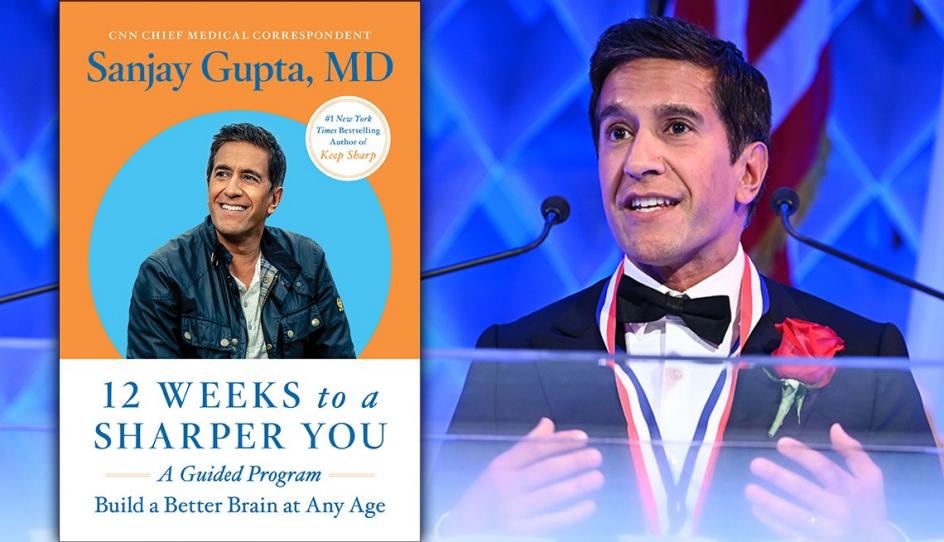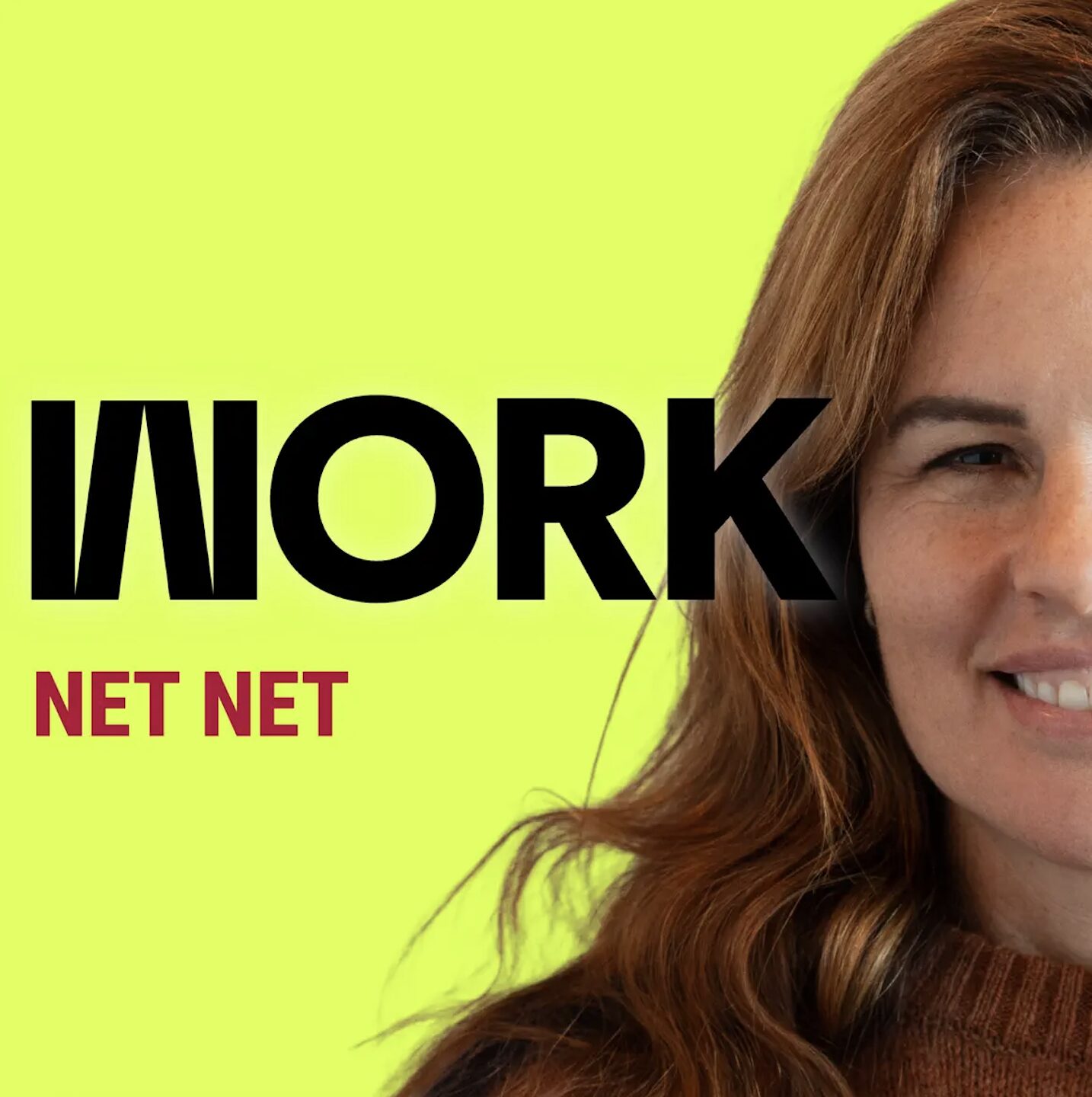Adapted from Week 1 of 12 Weeks to a Sharper You by Sanjay Gupta, M.D., published in collaboration with AARP.
It’s really true: You are what you eat. The link between nutrition and brain health has long been anecdotal. But now we finally have evidence to show that consuming certain foods while limiting certain other foods can help avoid memory and brain decline, protect the brain against disease, and maximize its performance. The good guys: cold-water fish, plant proteins, whole grains, extra virgin olive oil, nuts and seeds, fibrous whole fruits and vegetables—all of which typify what’s called a Mediterranean-style diet that you’ve likely read about before. The bad guys: anything high in sugar, saturated fat, and trans-fatty acids—all of which typify the Standard American Diet, or SAD.
While no single food is the key to good brain health, a combination of healthy foods will help insulate the brain against assault, and it is never too early to begin. It’s smart to check with your doctor about beginning this program, especially if you have any health issues such as high blood pressure or diabetes.
Over the past several years, I have focused on creating a style of eating that I can easily maintain even when I’m on the road, but it does require planning and commitment. You should strive to do the same, which might require learning new methods for grocery shopping and finding the best, freshest foods for you and your family that meets your budget. Spend time in your kitchen taking inventory and rethinking what’s in your refrigerator and pantry.
Check off the following big box this week:
Reduce your intake of sugar-laden and artificially sweetened beverages, fast food meals, processed meats, highly salty foods, and sweets. Stop buying foods that a gardener or farmer (or your great-grandmother) wouldn’t recognize.
Replace junk foods like potato chips and processed cheese dip with healthier alternatives such as raw nuts and veggie sticks with hummus. (By doing so, you lower trans fats and saturated fats while still having a satisfying snack. This is an easy hack and it turns out to be incredibly helpful to your brain.)
You can easily check off that big box simply by following my S.H.A.R.P. style of eating below—and avoid eating out this week.
1. S: Slash the sugar and salt and stick to your ABCs
A-list foods to consume regularly
- Fresh vegetables (in particular, leafy greens such as spinach, chard, kale, arugula, collard greens, mustard greens, romaine lettuce, Swiss chard, turnip greens)
- Whole berries
- Fish and seafood
- Healthy fats (e.g., extra virgin olive oil, avocados, whole eggs)
- Nuts and seeds (unsalted)





